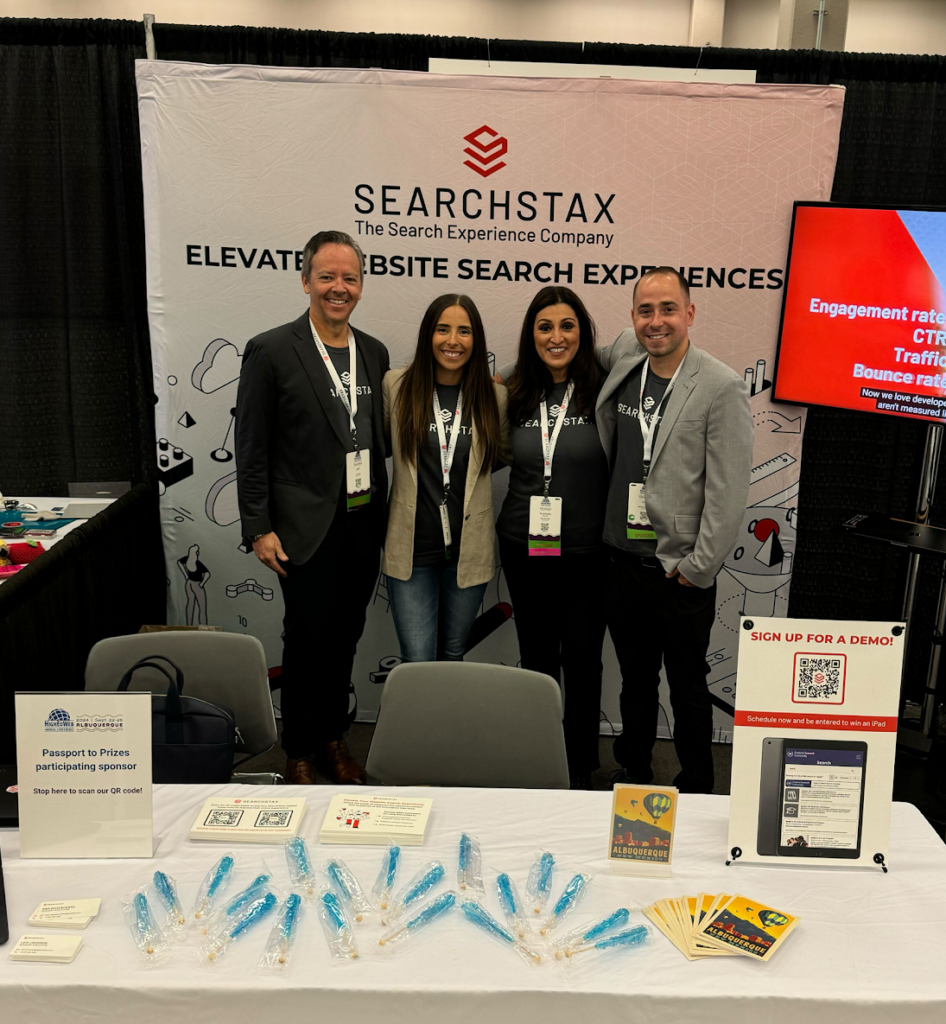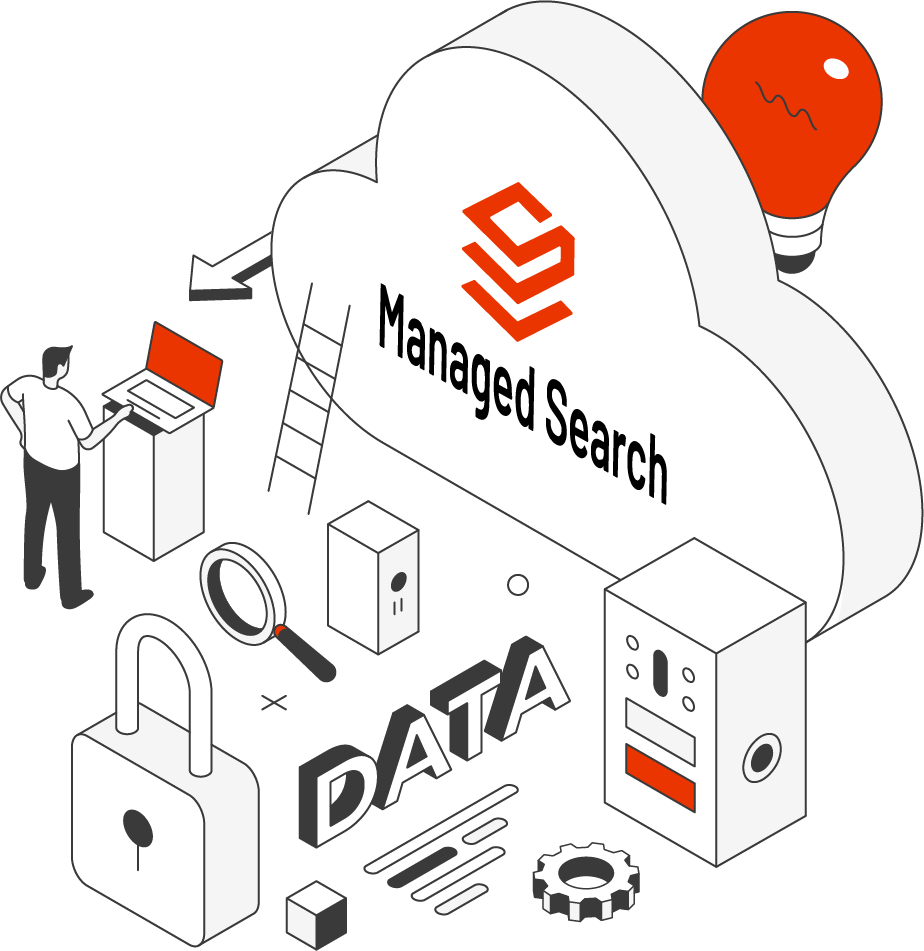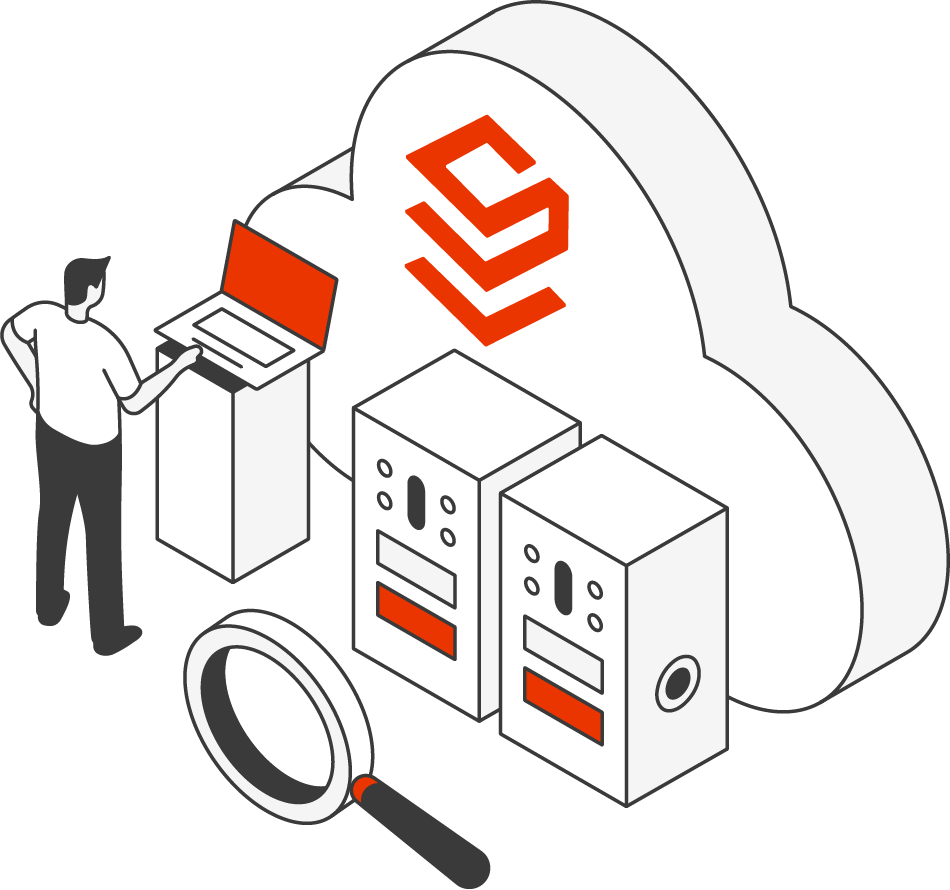September 30, 2024
Sam Mazzafero
|
Sitting at the airport waiting for my delayed flight seemed like a perfect time to recap my Higher Education Web Professionals Association (HighEdWeb) journey with SearchStax for 2024.
Having attended my first HighEdWeb in 2019, I’ve noticed significant shifts. Here are my top three takeaways from what I heard:
1. Evolving Digital Experience Ownership
There has been a rapid pace of innovation that has taken place since the pandemic – with this rapid pace of innovation came a loss of what was truly important to an institution’s website. Some universities are now sitting on landmines of stale content and web pages that are making it harder for their constituents to simply find the content they’re looking for.
This also makes it hard to be confident that the messaging they’re sending people offline is going to be consistent with the messaging they can find when they do land on the website.
IT and MarComms teams had to adapt, but in the heat of the moment years ago, it was hard to track the ROI of those efforts. Now, a few years removed from that rapid pace of innovation and content creation, you can tell marketing and digital experience teams are starting to get back to their roots. It seems they’re starting to focus on the 1s and 2s of a digital experience and are getting much leaner around the type of tools needed to power their .edu digital experiences.
Also, I heard a bunch about the pool of students getting smaller and the competition to get them to your campus and keep them becoming more of a challenge. Since marketing owns the messaging on various social platforms and digital ads, it’s their responsibility to make sure they can own the messaging and communications on their .edu once visitors land there.
This makes it clear that marketing should fully own the digital experience – starting from when a student lands on the website to explore and first learn about offerings all the way through collecting their cap and gown.
2. Marketing Teams Take Charge of CMSs and Search
This is leading to an increase of more technical resources to their teams than I’ve seen before. It’s still very common for MarComms and IT to own the digital experience together, but at HighEdWeb, I talked to more Web Devs and Digital Experience Managers who act as a liaison of IT and MarComms at this year’s conference than I’ve seen in the past.
It seems marketing and IT teams are starting to work more together to solve the same goal for their institution and not working in as many silos as they have in the past. The common goal of keeping students, obtaining new students and eliminating friction in content discovery to promote self-service is something that both teams can benefit from.
I’ve had hundreds of conversations over the years with leaders in the digital experience space in higher education, and even in my not-too-long 5 or 6-year run, I have noticed the change in hands-on information management and distribution of tool ownership. Taking a quick peek back at my first point, it’s even now all more than clear on why the change in ownership is happening; marketing teams need the agility that comes with owning more of the tech stack.
3. Website Search and Content Discovery is Becoming a Wicked Hot Topic
Making all things easily searchable is becoming a top priority for everyone.
I’ve never had people beeline it to my booth to directly talk about search and content discovery issues of all sorts of content: .edu search, directory search, course and program search, event search, news search… MAKE ALL THINGS SEARCHABLE.
Being able to surface content with relevancy in an ecosystem of dispersed systems and a sea of extremely congested content can be a difficult task to solve. But having this owned by the department who is actually creating the content seems to be what’s happening.
Luckily, SearchStax strictly focuses on this problem. There are many great search tools out there that can surface a well-structured catalog of content with ease. It’s not until you step into the world of Higher Education content distribution that it’s extremely important to have Higher Education-focused vendors in your toolkit.
Recent rapid innovation and content creation have made content hard to find. And Gen Z’s expectation of searching for things and finding them instantly is high. Institutions do not get a pass because they’re a university or college; the free players out there give these teams no control over how people can find the content they’re making, which should be their biggest asset.
Mark Lee, Director of Web User Experience and Digital Strategy at Colorado College, gave an insightful talk on using LLMs to enhance the website search experience. This was one of the first times I’ve seen a standalone school give a talk solely on website search.
Can we thank the rise of OpenAI for making web searches for instant answers a mainstream practice?
Can we thank the recent push from traditional static-CMSs to more dynamic CMSs for causing people to realize they have a blind spot?
Whatever it may be, it seems the need to deliver answers to students, staff, faculty and constituents as quickly as possible is becoming more and more of a priority for these institutions to solve.
Final Thoughts on HighEdWeb 2024
It was great to be back at Higher Ed Web with SearchStax this year. The conference netting over 600 IRL attendees was impressive, and the shift in crowd demographics I’ve seen over the years is quite interesting.
It’s clear that higher ed institutes are getting back to their roots, and I’m energized to be a part of helping them strive to bring seamless and agile solutions to their content discovery challenges.





